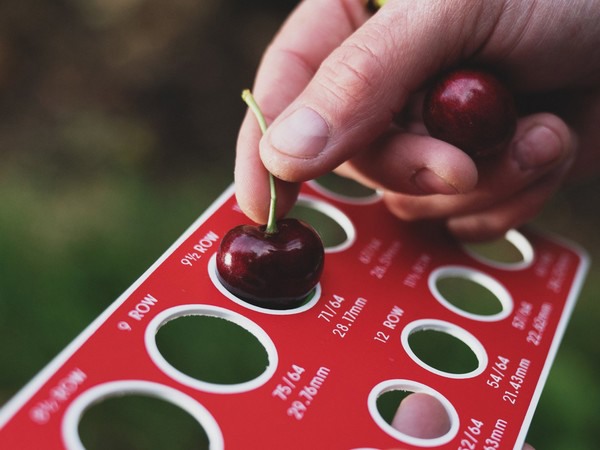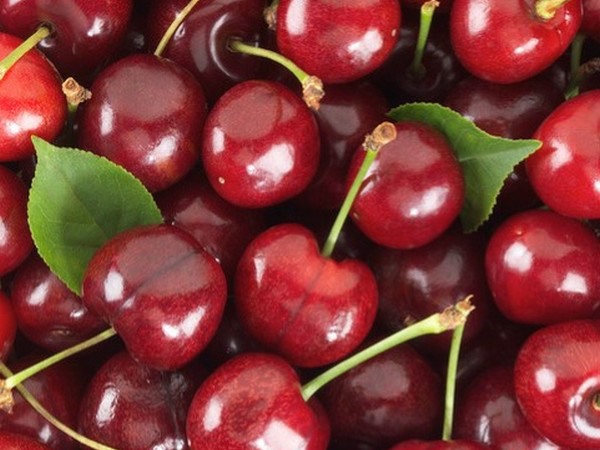Chilean cherry volume is estimated to be up some 35 percent over last year’s season.
 “The season started in late October. As long as there are no unexpected meteorological issues from now on, such as late rains or hailstorms, it’s projected production could reach 290,000-300,000 metric tons,” says Craig Stauffer, CEO of Vanguard Direct LLC. “This equates to approximately 55 to 60 million 5kg boxes, which would be a 35 percent increase compared with 2019-2020.” The Chilean Association of Nurseries reports that in 2019, more than 5.6 million cherry plants were sold, of which 80 percent were Santinas, Lapins and Regina varieties.
“The season started in late October. As long as there are no unexpected meteorological issues from now on, such as late rains or hailstorms, it’s projected production could reach 290,000-300,000 metric tons,” says Craig Stauffer, CEO of Vanguard Direct LLC. “This equates to approximately 55 to 60 million 5kg boxes, which would be a 35 percent increase compared with 2019-2020.” The Chilean Association of Nurseries reports that in 2019, more than 5.6 million cherry plants were sold, of which 80 percent were Santinas, Lapins and Regina varieties.

Cherry production in Chile is largely situated in the central zone of the country, between the regions of O’Higgins and El Maule and followed by the Bío-Bío area. “The production area has grown quickly every year with an annual plantation rate of 10-15 per cent,” says Stauffer. “The new orchards are increasing their productivity every year.”
In addition, the industry is also looking into the southern part of the country in the Chile Chico region to extend the season. “The Northern Hemisphere accounts for the vast majority of world cherry production. Chile produces approximately 80 percent of the total Southern Hemisphere’s production with the balance coming from Australia, New Zealand and Argentina with limited volume,” says Stauffer.
U.S. behind China receiving cherries
The bulk of Chile’s cherries are sent to China which takes approximately 88 percent of total Chilean cherry exports. “The industry is confident that the projected increase in production will be purchased mainly by Chinese importers while the United States ranks second,” says Stauffer. Exports to the U.S. represent only two percent of total Chilean cherry exports, followed by Latin America, the Middle East and South East Asia.

Reports on this year’s crop quality are good which will help make for good demand. “Cherries in China are very much a part of the “gift-giving” culture. With the timing of Chinese New Year’s on February 12, 2021 this should allow for an orderly marketing season,” says Stauffer. He adds though that it’s early yet for marketing season. “The peak selling season will be in mid-January ahead of Chinese New Year celebrations. As is usually the case, opening prices are strong,” he says.
That said, COVID-19 related freight costs will likely factor into pricing. “What is noticeably different this year is the significant reduction in passenger flights due to the COVID-19 pandemic. This will mean more chartered air freight that will drive up costs due to the demand. It will also mean a heavier reliance on ocean freight,” says Stauffer. “The main concern everybody has is the volume arriving from Chile will be very concentrated in only four weeks—estimated to be week one to four--with more than 12 million 5kg boxes per each week. That means approximately 3,260 containers per week based on the 5kg pack style.”
For more information:
Andrea Bava
Vanguard International
Tel: +1 (778) 908-1764
andrea@blitzme.ca
https://www.vanguardteam.com
